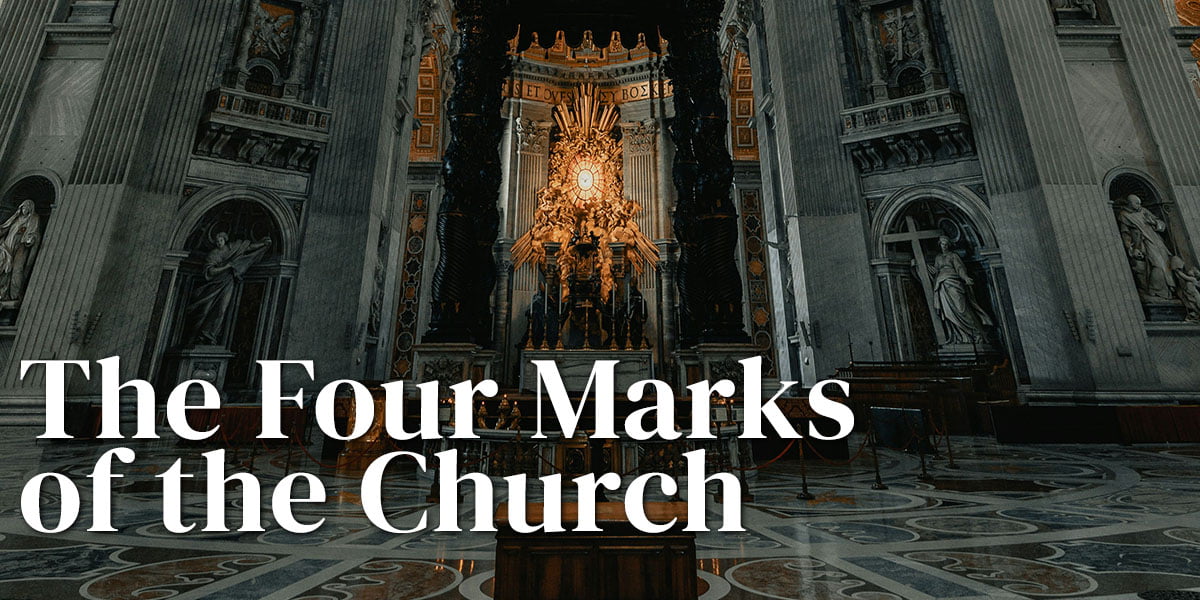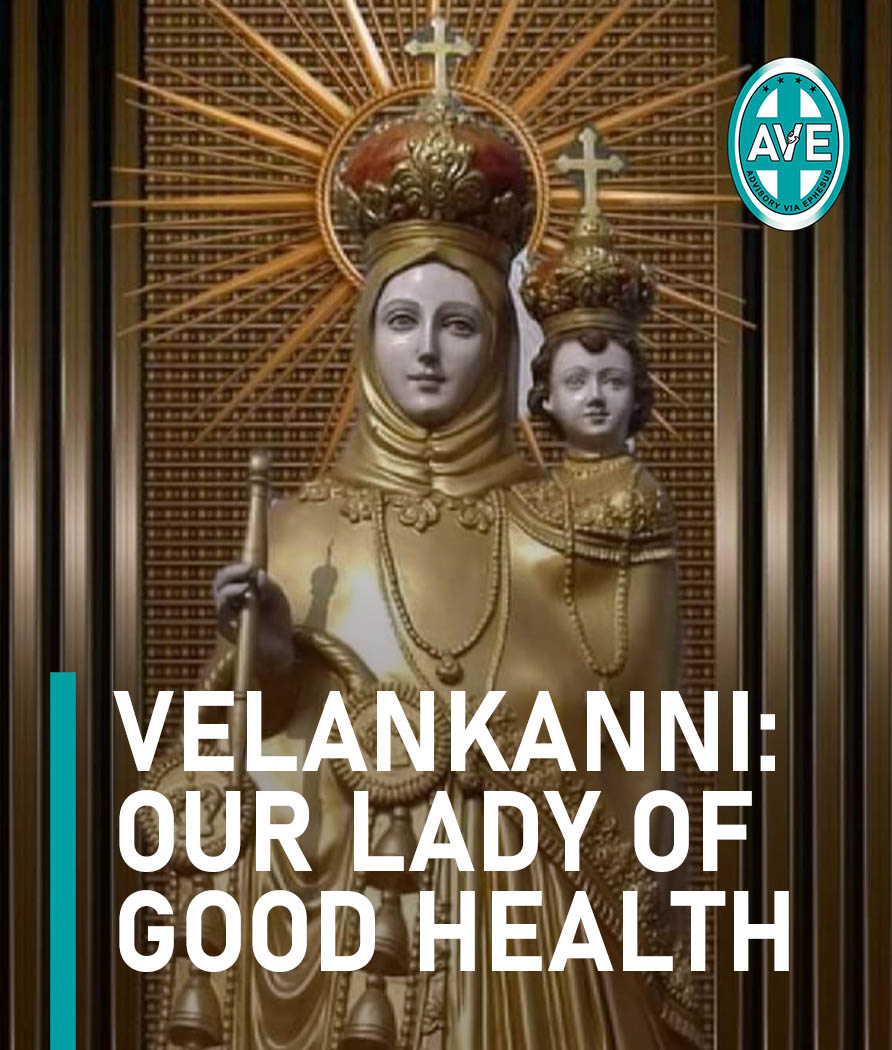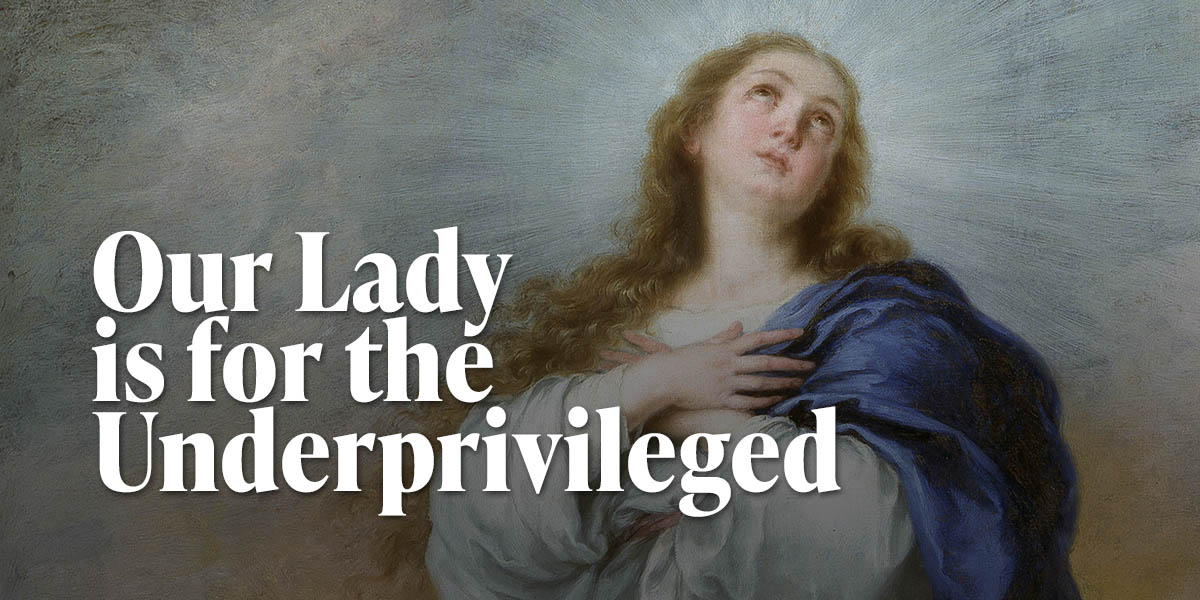The feast of February 2 has different names in the Church. It has been called the Feast of the Presentation of the Lord, the Feast of the Purification of the Blessed Virgin Mary and, more familiarly, Candlemas or Candelaria. Each name highlights a different aspect of the feast that the Church celebrates, although is refers to the events that happened during the baby Jesus’ fortieth day.











